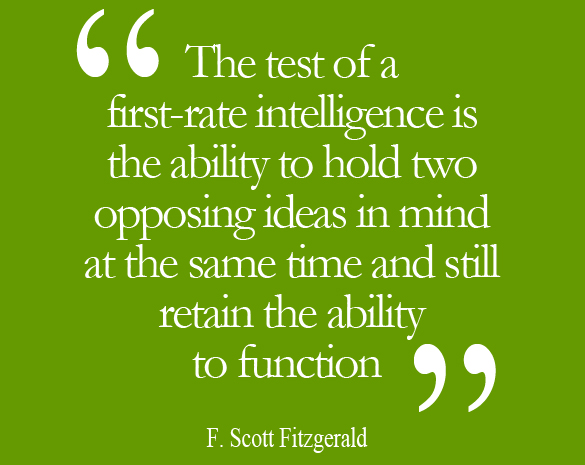Making trade-offs is an integral part of developing meaningful strategies, a critical element of owning a particular space in your customers’ mind, and a powerful means of focusing your organisation on what to do to win – and just as importantly, what not to do.
Any coherent strategy directs resources toward some actions and outcomes, and away from others. For each strategic choice we make there is a trade-off; an alternative we must consciously eschew, understanding the implications and consequences of this decision. Our strategic position and differentiation is an aggregate of these strategic choices. When we fail to make these choices we try to stand for everything, which ultimately means we stand for nothing. A strategic choice is a conscious, coherent sacrifice – giving-up something ‘good’ for something ‘better’.
Many organisations shy away from trade-offs, believing that making a choice will limit their opportunities; predicated on a false sense of security of ‘keeping their options open’. Yet other organisations approach these types of choices as only binary options; either growth or productivity, either flexibility or efficiency, either short term results or long term capability building.
Both these problems – a paralysis when faced with choice, and the tendency to view every option at ‘Either/Or’ extremes – can stifle and frustrate strategic thinking and inject confusion into strategy deployment and execution.
Paralysis in the face of choice is understandable; there are psychological, political and organisational difficulties with saying “no” to something. Without the clarity and commitment to the future we are trying to create and the coherent actions and decisions required to bring it about, it is easier to stick with something we’re used to or try to keep everyone happy and don’t make too many waves. Unfortunately, it is easier to be mediocre than it is to have focus and make coherent sacrifices.
Overcoming this paralysis is essential, but alone it is not enough. Even when we do decide to confront a choice it is easy to fall into the trap of simplistically approaching every choice as a binary ‘Either/Or’ selection – either Yes or No, either In or Out, either Black or White. This ‘Black & White’ thinking polarises and limits every choice, neglecting the richness and ‘Colour’ that comes with bringing together different perspectives.
To make trade-offs work for us we need to reject the limitations of ‘Either/Or’ thinking and embrace the ambiguity and innovation that comes with ‘Both/And’. Strategic breakthroughs come when seemingly opposing objectives are reconciled; a way is found to achieve apparently conflicting outcomes and used to develop a unique proposition or solution.
Embracing this ambiguity and using it to develop the ‘third alternative’ requires us to bring together and reconcile different perspectives and develop new ideas, avoid jumping to solutions and ask different questions. Making it sustainable requires a platform to integrate this strategic dialogue, develop new capabilities, and create the joined-up decision-making processes that address the inevitable trade-offs as we pursue our objectives.
Many companies are finding models, processes and infrastructures that were successful in the past are now too rigid and too slow to rise to new challenges and opportunities. In particular, the decision-making processes – Sales & Operations Planning (S&OP), Integrated Business Planning (IBP), et al – that were designed for an age of stability, predictability and efficiency need recalibrating for a ‘new normal’. More fundamentally, the notion of ‘functional excellence’ driven to the extreme creates silos that each react differently to a rapidly changing context, resulting in frustrating and costly misalignment at a much faster rate than in the past.
The Laws of Change, Perspective and Entropy are working on us all. By framing your trade-offs differently, rethinking the decision-making lenses your organisation looks through, and developing the joined-up behaviours to respond and adapt to change in a coordinated way, you can embrace the opportunities ambiguity brings and approach your choices and trade-offs in full Technicolor!


Comments (2)
Comments are closed.